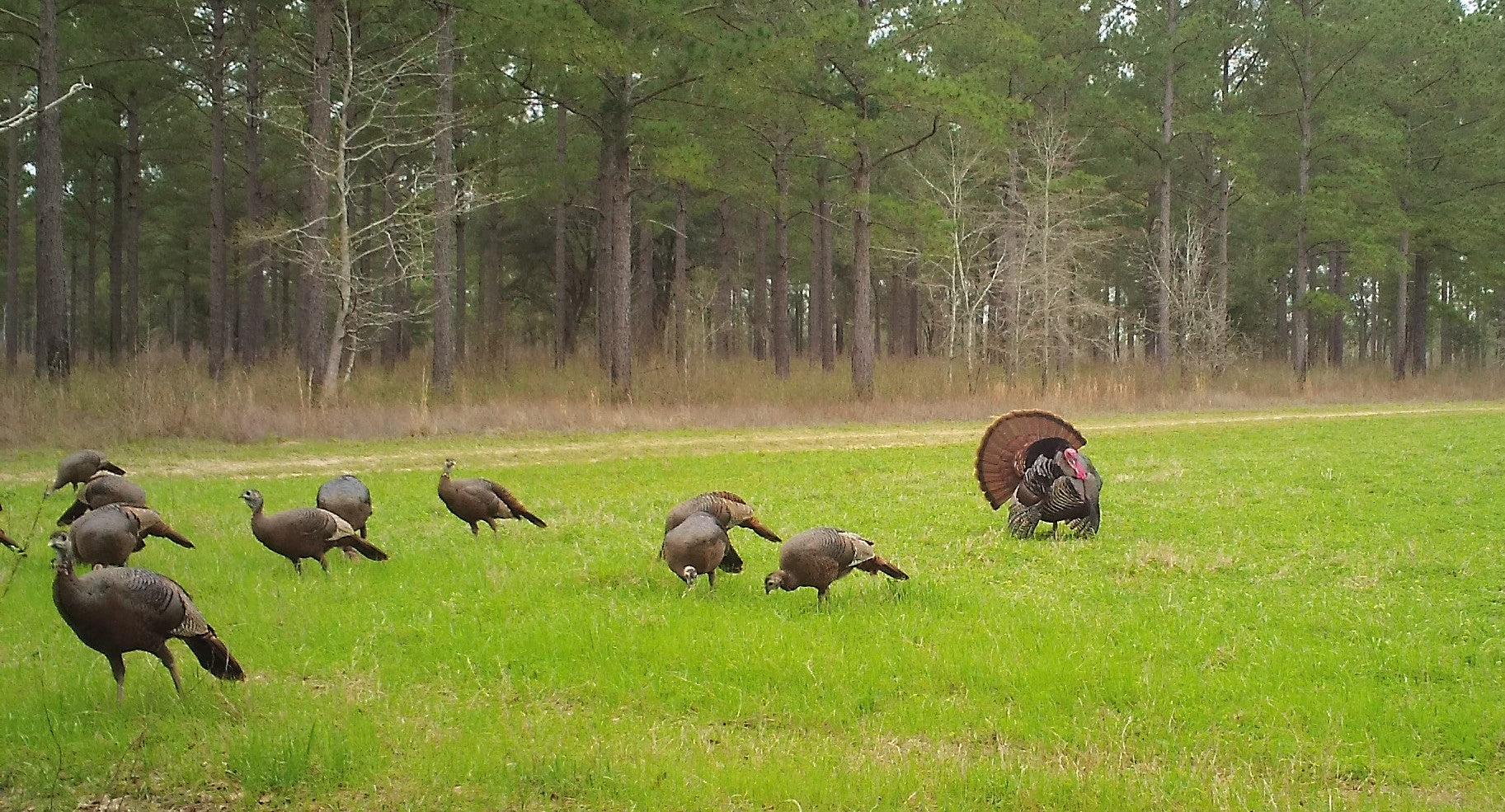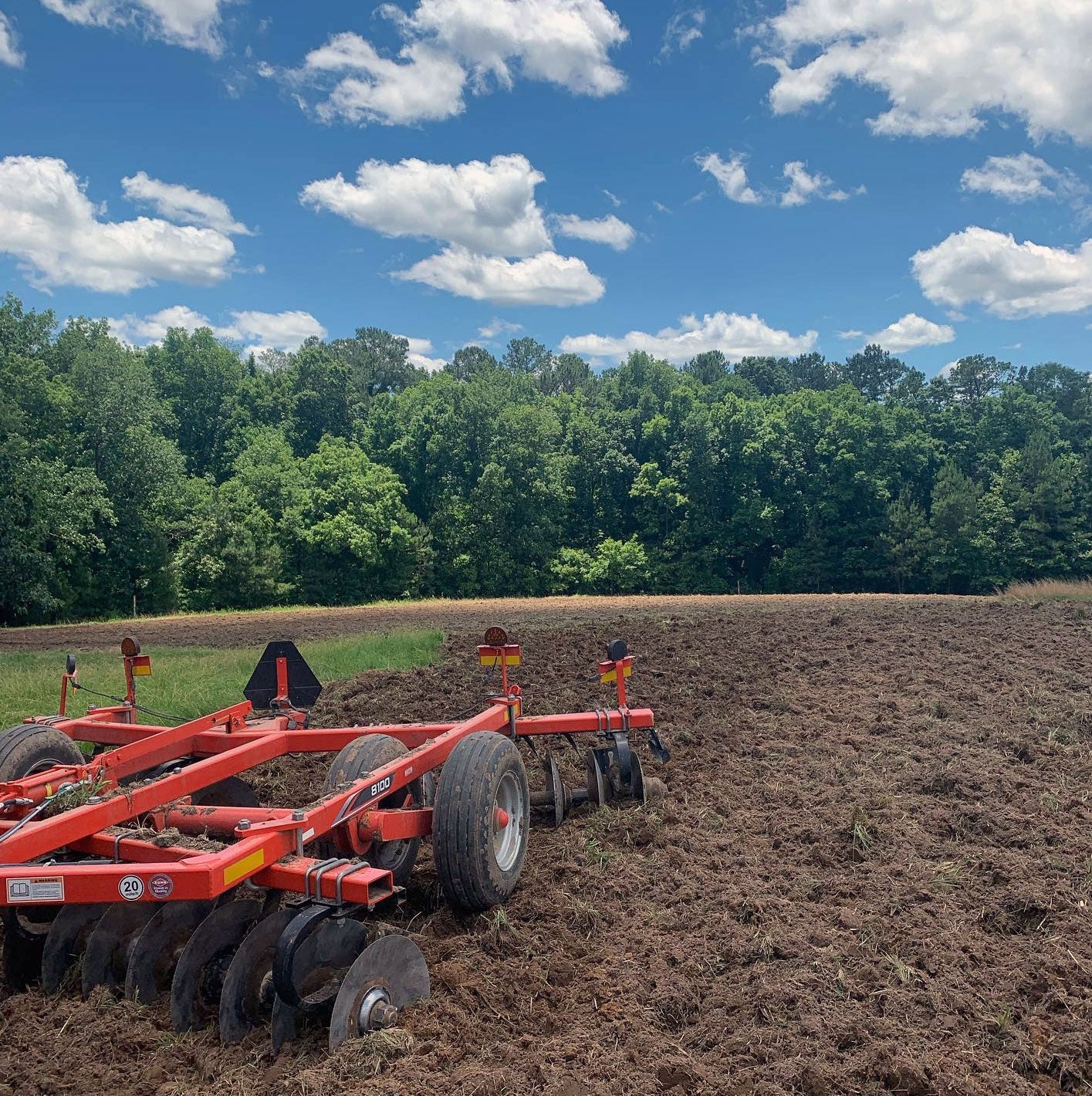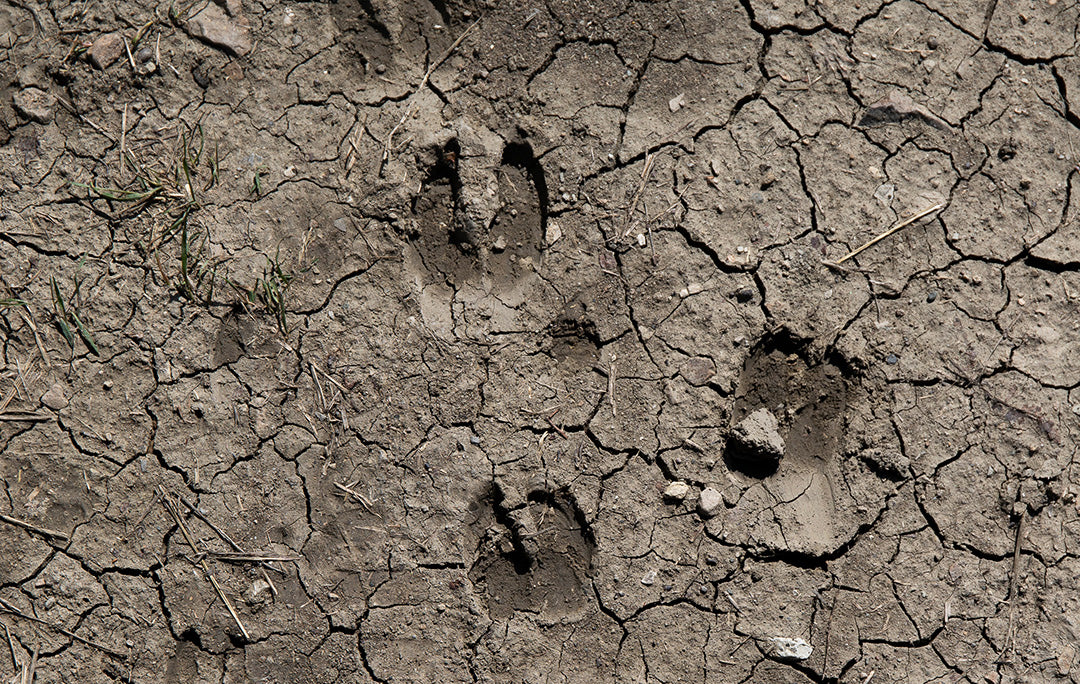Deer Stocking and the TTT Program - Part II
How Well Do Stocked Deer Survive?
Overall, 34 of the 47 translocated deer (72 percent) survived at least one year after the release. However, bucks involved in Study Two survived better than the deer stocked during Study One. Fourteen of 22 deer (64 percent) survived at least one year during Study One compared to 20 of 25 bucks (80 percent) that survived at least one year during Study Two.
The deer translocated during Study One were moved 5-7 times further than the bucks involved in Study Two. The habitat and climate on the release site in Calhoun County were also much different than the habitat and climate on the trap site in Webb County. In contrast, the habitat and climate on the trap and release sites of Study Two were very similar. Therefore, the distance involved, as well as the differences between trap and release sites, likely combined to negatively impact the survival of translocated deer during Study One.
The results from Study One also indicate that adult does survive stocking better than adult bucks. Eleven of 15 adult does (73 percent) survived for a minimum of 12 months. However, only three of seven bucks (43 percent) survived for 12 months.
How Does “Stocking Stress” Effect Body Condition and Antler Size?
“Stocking stress” is defined as all stress associated with the process of trapping deer from one location, transporting them to another location, and releasing them into an unfamiliar area where they have to learn the “lay of the land,” the locations for food and water, and assimilate into the native deer population. Obviously, stress occurs whenever deer are live captured, transported, and stocked. However, before these two studies were completed, no one had ever tried to measure the effects of this stocking stress.
During Study Two, bucks that were stocked and later recaptured on the release site the following October were in poorer body condition than native bucks also captured from the same area in October. Average body condition scores were lower for stocked bucks. A less subjective measure of body condition involved using a portable ultrasound to measure rump fat thickness. The ultrasound measure of rump fat thickness was also lower for stocked bucks (0.7 inches) versus native bucks (1.0 inches).
Antler size also appeared to be negatively affected by stocking stress. One translocated yearling buck actually was smaller antlered when later recaptured as a two-and-a-half year old! A second yearling buck gained only 16 inches in gross BCC score, an amount less than half of the expected increase in antler size that normally occurs from age one-and-a-half to age two-and-a-half. Fortunately, antler growth of older-aged bucks appeared to be less affected by stocking stress.
If Deer Are Stocked Onto A Low-Fenced Ranch, How Many Remain?
During Study Two, all translocated bucks were released onto a large ranch was that was not high fenced. One year after the release, only eight of 20 surviving bucks (40 percent) remained on the 4,000-acre low-fenced release site. Surprisingly, within only a week one translocated buck returned more than 20 miles to the area where he was captured! Somehow the buck had to navigate around a town of 30,000 people and cross a four-lane state highway.
On average, the translocated bucks moved a straight-line distance of 6-1/2 miles from the release site. Nine of 12 bucks that left the pasture where they were released, moved more than six miles, while three remained within a half mile of the release pasture. It is likely that these three bucks continued to use a portion of the 4,000-acre release area. Therefore, if these three bucks were added to the eight that remained, eleven of 20 (55 percent) remained on the low-fenced release area. Interestingly, older-aged bucks were more likely to leave the release area than younger bucks.
What About Deer Released Onto A High-Fenced Ranch?
The release site ranch in Calhoun County (Study One) was only partially high fenced. However, this ranch borders the coast on one side and this was the only side of the ranch not high fenced. Therefore, for stocked deer to leave this ranch, they had to either cross under, through, or over the high fence, or get their hooves wet in salt water by going around the end of the high fence.
One year after the release, 11 of 14 deer (79 percent) remained on the ranch. Two of the deer that left the ranch were bucks that never returned. The third deer was an adult doe that unexpectedly returned to the ranch 13 days after either crossing or going around the high fence. However, when stocked deer that died within 12 months are included, only 50 percent of the original number of deer stocked on this ranch were alive and still on this ranch one year later.
How Many Deer Should Be Stocked?
An average of around 30 percent of translocated deer will die within one year of being released. However, mortality could be as high as 40 percent. And, even when the release site is high fenced, as many as 20 percent of the stocked deer will find a way around this barrier. If both mortality and escapees are accounted for, around 50 percent of stocked deer either die or leave the ranch the first year after release. As a result, I recommend stocking twice as many deer as you want on the release site. Stocking at this rate will insure that about as many deer survive and remain as you initially hoped.
What Genetic Impact Will Result?
I would guess that the majority of TTT captures and releases completed nowadays by private landowners are done primarily for the purpose of improving the genetics of the native deer herd on the release area. Unfortunately, no study has yet been completed to answer whether or not TTT releases impact genetics. Neither of the two studies outlined above were designed to answer this question.
In fact, the only way to properly answer this question would be to collect DNA samples from stocked deer and then continue to collect DNA samples from deer captured at random on the release area for many years following the stocking. The DNA samples could then be analyzed to determine relatedness between the DNA of stocked deer and the DNA of the deer later captured on the release area. Harvested deer could also be tested for relatedness.
Obviously, the genetics are impacted where no or very few deer exist on the release area. However, this is rarely the case today unless native deer were purposely “shot out” prior to the release. Instead, the vast majority of release areas today already contain native deer to the point that the genetic impacts are questionable unless a relatively large number of deer are released.
Two studies, one conducted by folks at Mississippi State University and the other conducted by TPWD, provide insight to this question. Both of these studies will be highlighted in next week’s article entitled “Who Breeds Who.”
Posted by Dr. Mickey W. Hellickson











Leave a comment